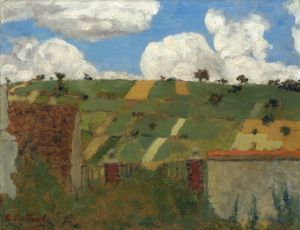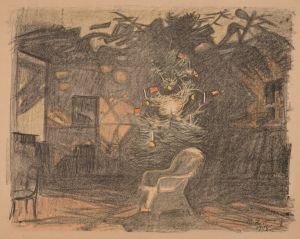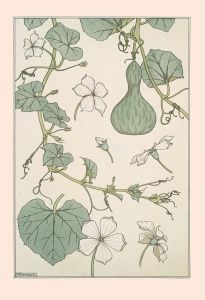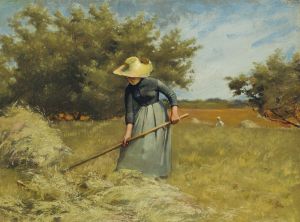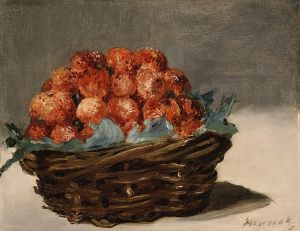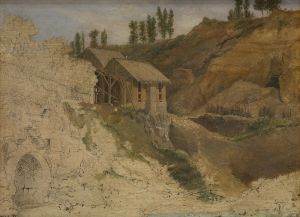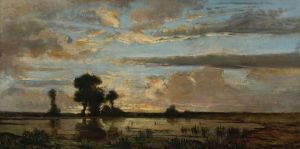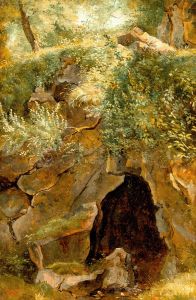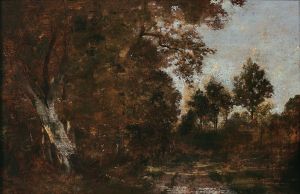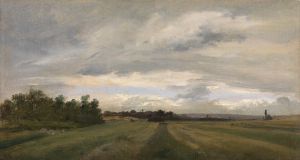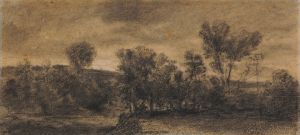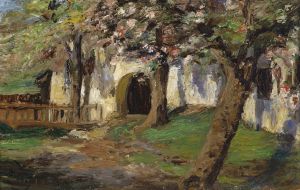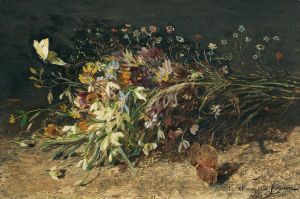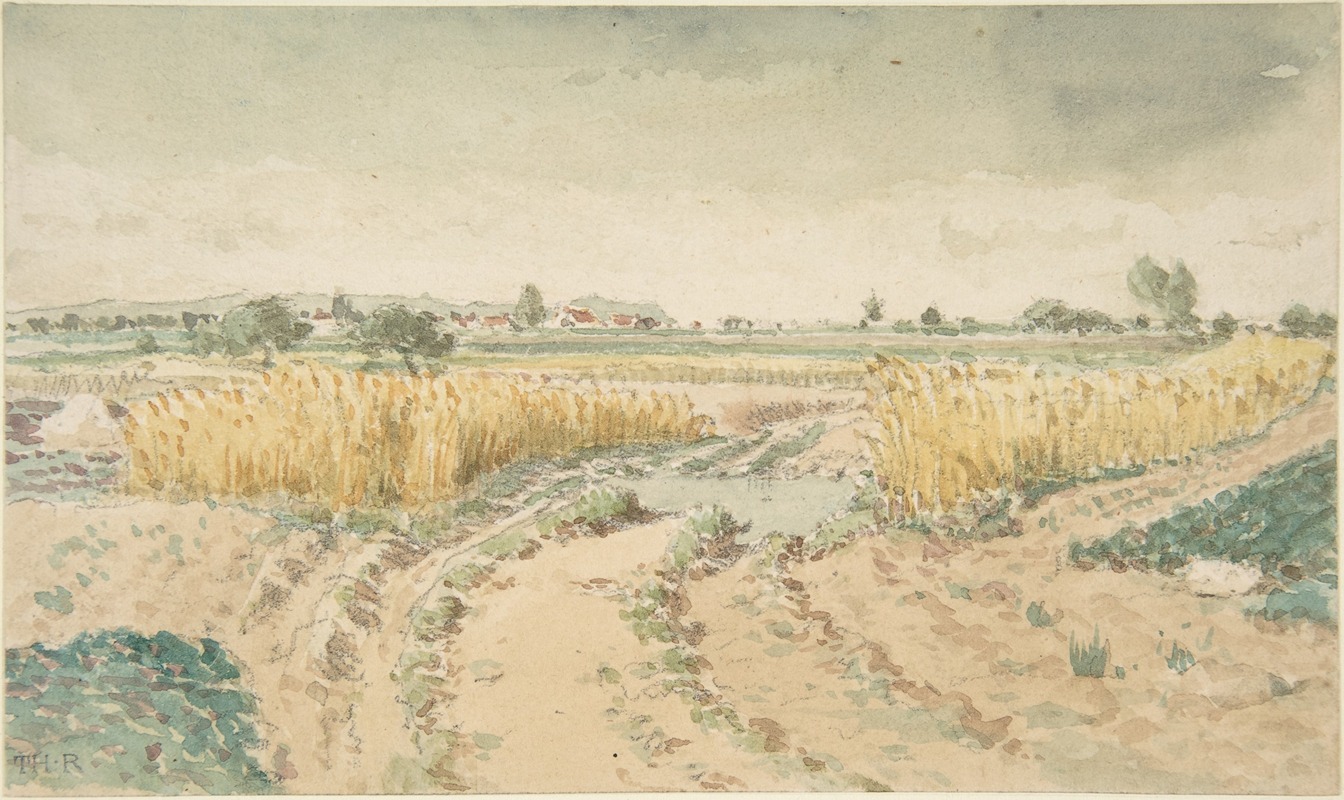
Wheatfields
A hand-painted replica of Théodore Rousseau’s masterpiece Wheatfields, meticulously crafted by professional artists to capture the true essence of the original. Each piece is created with museum-quality canvas and rare mineral pigments, carefully painted by experienced artists with delicate brushstrokes and rich, layered colors to perfectly recreate the texture of the original artwork. Unlike machine-printed reproductions, this hand-painted version brings the painting to life, infused with the artist’s emotions and skill in every stroke. Whether for personal collection or home decoration, it instantly elevates the artistic atmosphere of any space.
Théodore Rousseau's "Wheatfields" is a notable painting created by the French artist who was a prominent member of the Barbizon School. This artistic movement, which emerged in the mid-19th century, was named after the village of Barbizon near the Forest of Fontainebleau, where many artists gathered to paint landscapes directly from nature. Rousseau, born in Paris in 1812, became one of the leading figures of this group, which sought to break away from the formalism of academic art and instead focus on the natural beauty of the French countryside.
"Wheatfields" exemplifies Rousseau's dedication to capturing the essence of rural life and the natural environment. The painting depicts a serene, expansive field of wheat, likely set in the French countryside. Rousseau's meticulous attention to detail and his ability to convey the textures and colors of the landscape are evident in this work. The golden hues of the wheat contrast with the deep greens of the surrounding foliage and the soft blues of the sky, creating a harmonious and tranquil scene.
Rousseau's technique in "Wheatfields" reflects his commitment to plein air painting, a method where artists paint outdoors to directly observe and capture the effects of light and atmosphere. This approach was revolutionary at the time and laid the groundwork for later movements such as Impressionism. Rousseau's brushwork in "Wheatfields" is both precise and expressive, allowing viewers to almost feel the gentle breeze rustling through the wheat stalks.
The painting also highlights Rousseau's interest in the interplay between human activity and the natural world. While the field is the primary focus, there are subtle indications of human presence, such as the carefully cultivated rows of wheat and possibly a distant farmhouse or figures working in the background. This integration of human elements within the landscape underscores the symbiotic relationship between people and their environment, a recurring theme in Rousseau's work.
Théodore Rousseau faced significant challenges throughout his career, including initial rejection by the Paris Salon, the official art exhibition of the Académie des Beaux-Arts. However, his persistence and unique vision eventually earned him recognition and acclaim. By the time of his death in 1867, Rousseau had established himself as a pivotal figure in the development of landscape painting in France.
"Wheatfields" remains an important example of Rousseau's contribution to art and his influence on subsequent generations of artists. The painting is celebrated for its realistic portrayal of nature and its ability to evoke a sense of peace and contemplation. Today, Rousseau's works, including "Wheatfields," are held in high regard and can be found in major art museums and collections around the world, continuing to inspire and captivate audiences with their timeless beauty and profound connection to the natural world.





